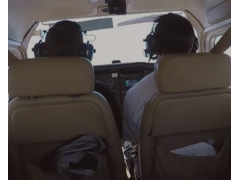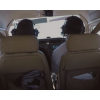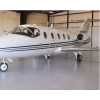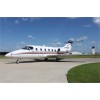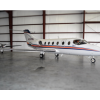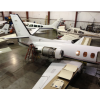An instrument rating allows you to fly when visibility is poor and clouds are low in the sky. To obtain an instrument certificate, you must have a total of 125 hours pilot experience, including 40 hours of instrument instruction (20 dual and 20 solo).
In addition you must pass a written examination and an FAA check ride. An instrument rating improves your flying skills and allows you greater flexibility as a pilot. A pilot who is “instrument qualified” is more prepared when weather conditions deteriorate. The instrument pilot will be able to safely and legally fly through conditions of low cloud cover and low visibility. In addition, if you own your own aircraft, you will most likely receive lower insurance rates with an instrument rating.
Now that you have achieved your Private Pilot Certificate, you are familiar with the FAA’s system of obtaining certificates. Earning your instrument rating is similar to your previous license in that you must take both a knowledge (written) and a practical test. once again you will have certain maneuvers that you are expected to perform within specific parameters.
The Federal Aviation Administration (FAA) has designated a minimum number of hours (which equates to flight experience) that are required to obtain your rating. At Exec 1 Aviation, the average person can expect to obtain their rating with an additional 45-50 hours, although this number will vary widely up or down, depending upon prior experience and pilot commitment. The national average continues to be 60-70 hours. It is up to the instructor to ensure that each pilot applicant is properly prepared before recommending a pilot for the check ride.
Exec 1 Aviation utilizes the Cessna Cleared for Approach Instrument Kit for training. Employing the same great features as the Cessna Private Pilot Kit, this program offers the newest in CD Rom teaching with a tremendous success rate.

